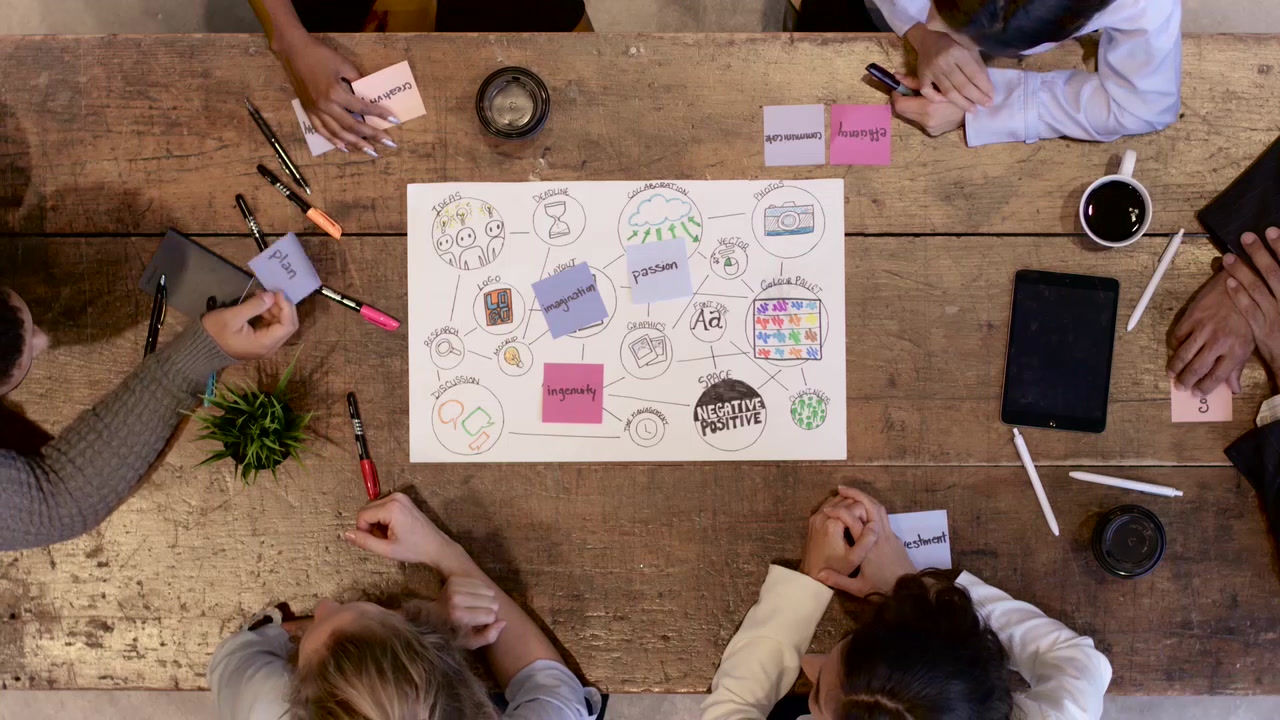Fonts? Typefaces? There's a difference?
- nway41
- May 20, 2021
- 2 min read
Updated: Jun 8, 2021

Typography is an important tool in any designer’s toolbox, but it is helpful for all marketers to have a basic understanding. Here is a closer look at typography to explain some basic definitions and best practices to utilizing typography effectively.

Typeface vs. Fonts
Most people know different text styles as fonts, but do you know about typefaces? If you look at these two terms on a technical level, you’ll see that they both have two different definitions, but are always used together.
A typeface is the name for a complete set of fonts.
A font refers to the weight and styling of a typeface.
You could summarize it as the typeface being the parent and the font being its child. You don’t typically have one without the other and it's important to understand the difference, especially when creating style guides or handing work to outside help. It's crucial to mention both the typeface and hierarchy of fonts used to ensure proper brand representation across all outlets.

Selecting a Typeface and Establishing Hierarchy
Selecting a typeface is important. Picking one that’s both appealing and readable to your audience at multiple sizes is just the first step. Outside of legibility, selecting a typeface that has multiple fonts is another added benefit to consider. Having one typeface that has multiple font variations allows you to create a hierarchy with your messaging and brand appearance, while keeping the overall look consistent. Brands such as Neutrogena® follow this concept. They use Helvetica Neue LT STD (which contains 51 fonts) for everything and has an established hierarchy of fonts that their sub brands follow.
You may be asking if this is limiting, using one and only one typeface for everything. And depending on the tone/style of your brand, it could be. Ideally, designers and brands should stick to a maximum of two to three typefaces. If your main typeface is highly stylized, it should be used sparingly and accompanied by a simple font for the bulk of the design execution.
Overall, the best way to drive hierarchy of messaging is by playing with size and thickness of the typeface. In other words, using one typeface and multiple fonts within it to achieve a cohesive brand identity, rather than using several typefaces.
Pro Tips:
Create a hierarchy chart of your typeface and the primary fonts within it and stick to it. Share it with all of your partners so that your brand identity across all platforms is consistent.
Don't overlook your web presence! Adding a web safe font to your brand's typeface list will ensure that your typography appears exactly as you intend online.
At IMC, we are passionate about branding, design that moves people and all the elements that get us there such as typography. Every detail has impact.





Comments